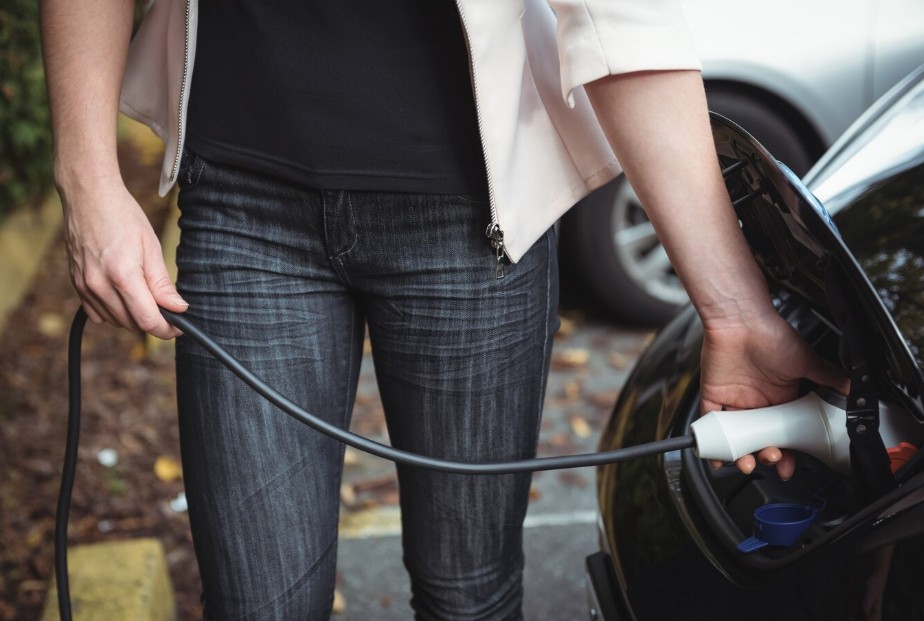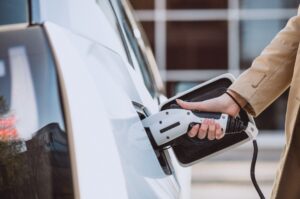
Good charging habits to maximize the range of your electric car
The range of an electric car depends to a large extent on how we care for and charge the battery.

Having an electric car means enjoying a clean and quiet ride. However, it can be frustrating when the vehicle does not charge as it should. If this happens to you, don’t worry: the important thing is to identify what is causing the charging interruption.
That is why, in this text we talk about the main reasons why your electric car does not charge, and we help you find out how to find out if the problem is in the charger or in the car and, in case it is in your hand, give you the steps to follow to try to solve it at home.
There are several reasons why your electric car may refuse to charge. These are the most common ones:
To isolate the problem, it is important to distinguish whether the fault is in the car or in the charger. These tips will help you to check it:
If after these tests the car does not charge at any point, the fault is most likely in the vehicle. On the other hand, if the car charges well in another charger, the problem is in your home equipment.
Do not forget that a proper maintenance of the charger is essential to extend its life and avoid possible charging problems. If you don’t know where to start, here are some tips to keep your electric car charger in perfect condition.
Here is the step-by-step procedure to get your home charger up and running and safely recharge your vehicle:

The range of an electric car depends to a large extent on how we care for and charge the battery.

In recent years, the debate about whether it is worthwhile to replace a combustion car with an electric car has

With the growth of the electric car market, it is normal that many people wonder if it is possible to